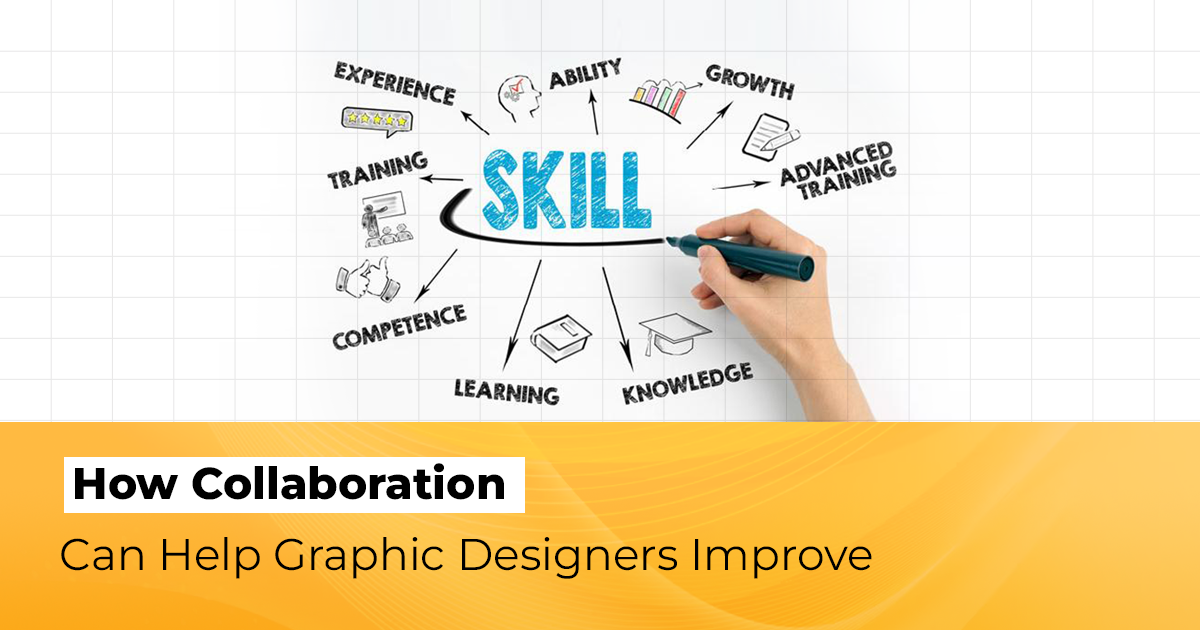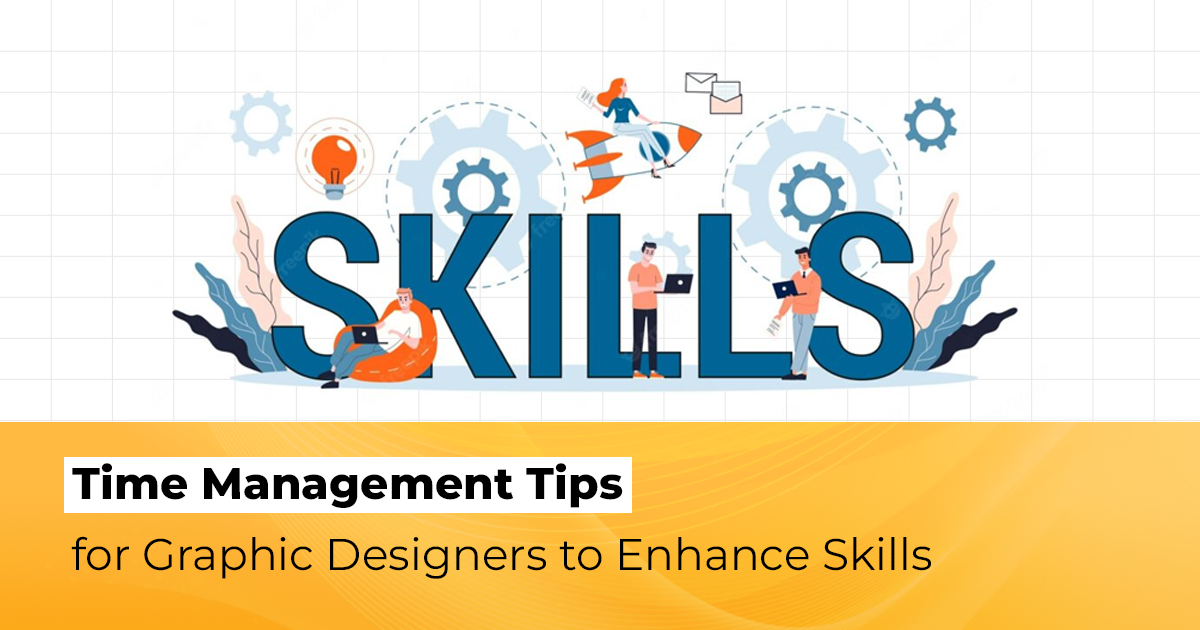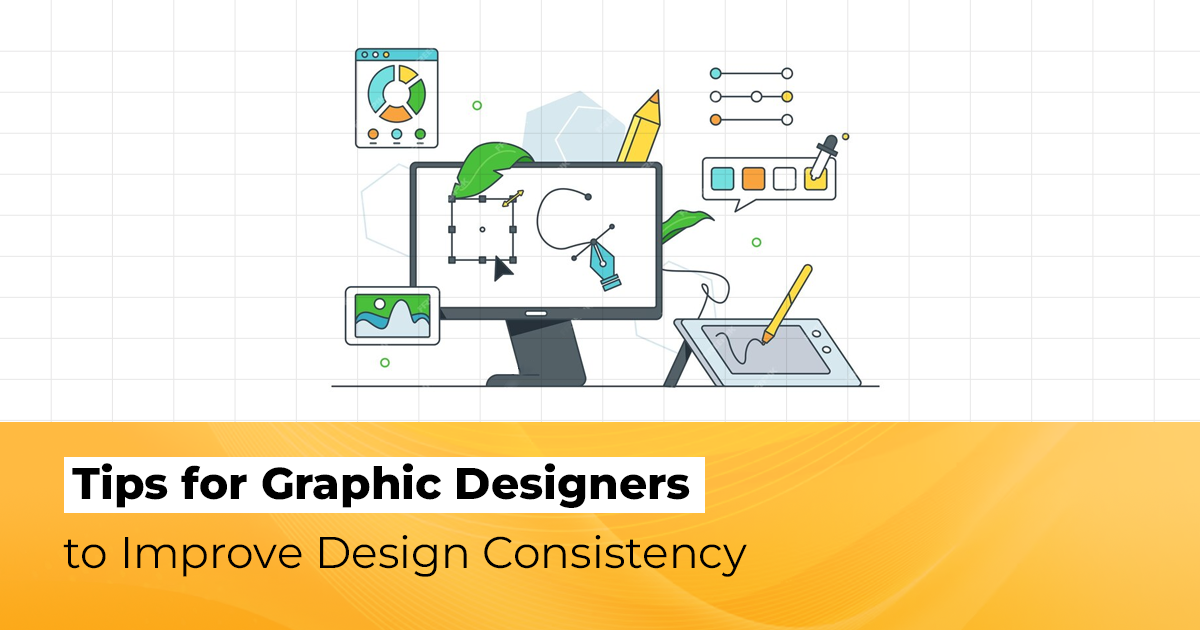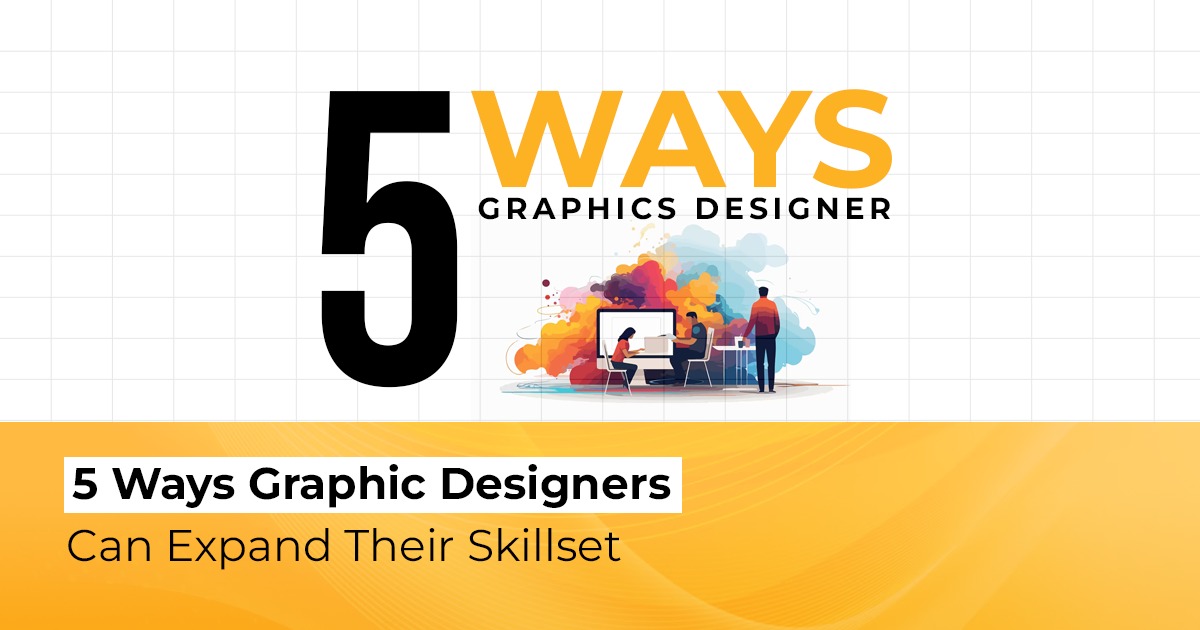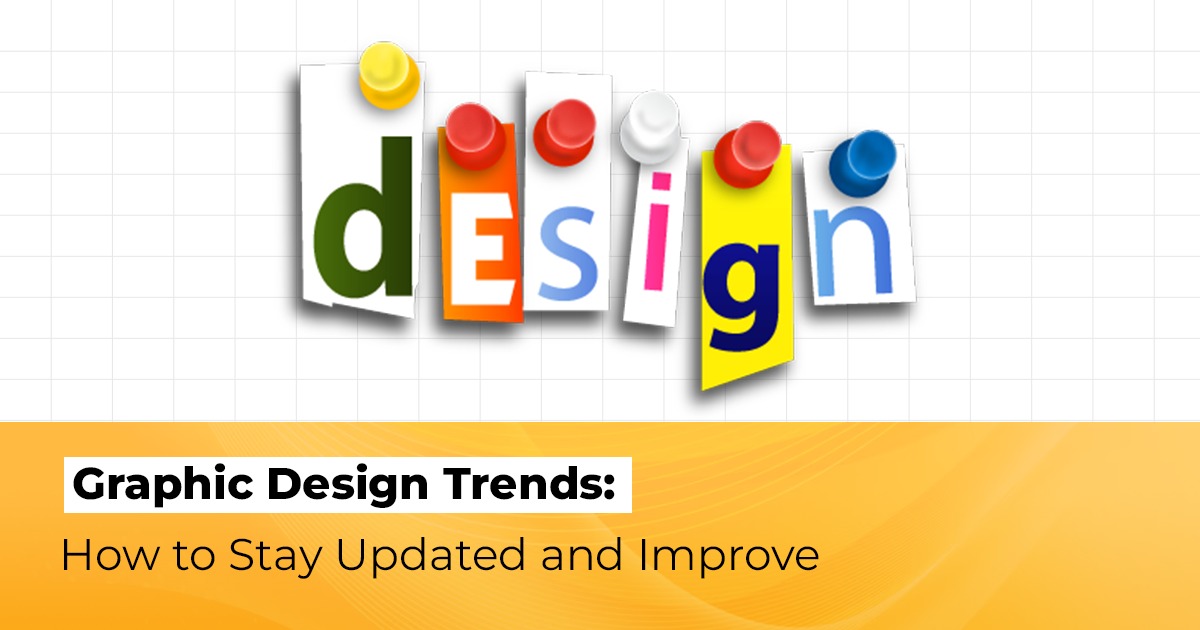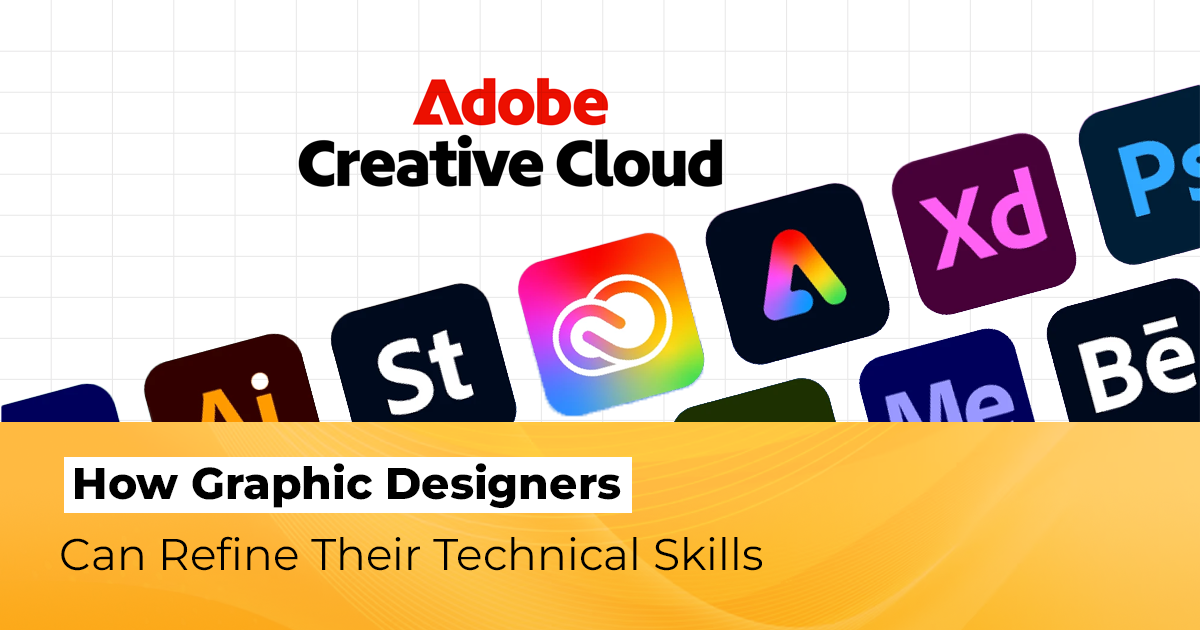
Improving Visual Communication in Graphic Design
In today’s world where the focus is majorly on the rapid developments in the digital sphere, the significance of visual communication is greater than ever. Graphic design impacts the target audience’s understanding of the message, their relationship with the brand, and the purchase decision whether it is a digital advertisement, a website, or a social
Read More »


